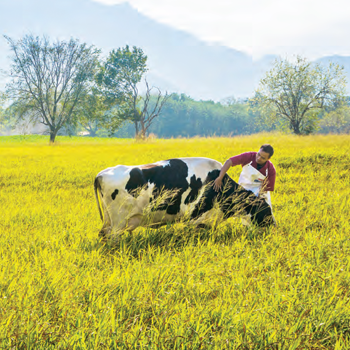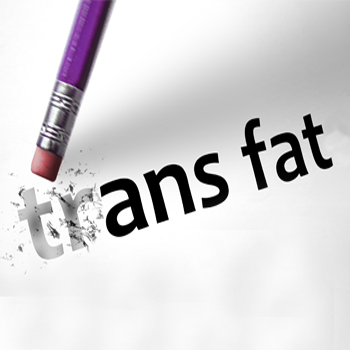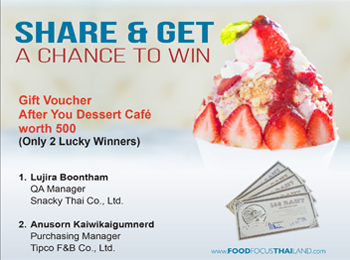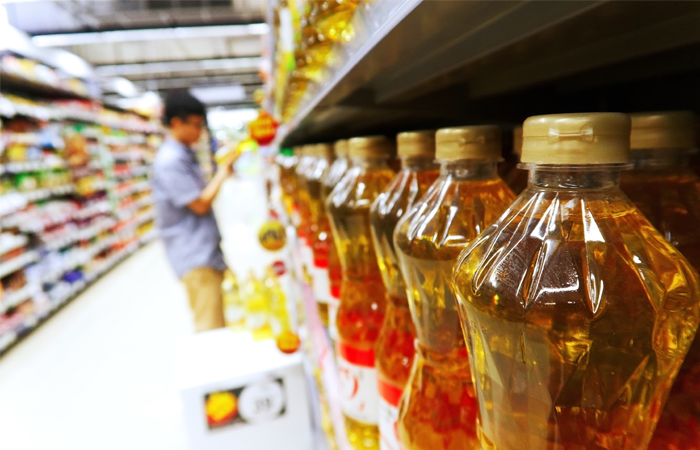10 อันดับสุดยอดอาหารบำรุงสมองสำหรับเด็ก
เพราะสมองของเด็กๆ ควรได้รับสารอาหารบำรุงที่สมวัย
By Jeanie Lerche Davis
- แซลมอน
แหล่งของกรดไขมันโอเมก้า-3 DHA และ EPA ซึ่งเป็นสารอาหารที่สำคัญสำหรับการเจริญเติบโตและการทำงานของสมอง
- ไข่
เป็นแหล่งโปรตีนที่เยี่ยมยอดที่สุด โดยเฉพาะสารอาหารโคลีนที่มีมากในไข่แดงนั้นช่วยเรื่องพัฒนาการทางด้านความมจำของสมอง
- เนยถั่ว
ถั่วลิสงและเนยถั่วล้วนเป็นแหล่งวิตามินอีที่ดี ทั้งยังมีสารต้านอนุมูลอิสระซึ่งช่วยปกป้องเยื่อหุ้มเซลล์สมอง โดยมีไทอามีนที่ช่วยให้สมองและระบบประสาทใช้น้ำตาลกลูโคสไปสร้างพลังงานได้
- ธัญพืชเต็มเมล็ด
สมองจำเป็นต้องได้รับน้ำตาลกลูโคสอย่างคงที่ ซึ่งธัญพืชเต็มเมล็ดก็ให้สิ่งนี้ได้อย่างดีเยี่ยม ไฟเบอร์มีส่วนช่วยเรื่องการควบคุมระดับน้ำตาลในร่างกายให้เป็นปกติ
- ข้าวโอ๊ต/โอ๊ตมิล
ข้าวโอ๊ตมีคุณค่าทางโภชนาการสูงจนเรียกได้ว่าเป็น “ธัญพืชสำหรับสมอง”
- เบอร์รี
สตรอว์เบอร์รี เชอร์รี บลูเบอร์รี แบล็คเบอร์รี และยิ่งมีสีเข้มมากเท่าไรก็ยิ่งมีคุณค่าทางโภชนาการสูงมากเท่านั้น
- ถั่ว (ฝัก)
ถั่วให้พลังงานจากทั้งโปรตีนและคาร์โบไฮเดรตเชิงซ้อน ไฟเบอร์ และยังอุดมด้วยวิตามินและแร่ธาตุที่สำคัญมากมาย ถั่วจึงเป็นอาหารบำรุงสมองที่ยอดเยี่ยมอย่างหนึ่ง
- ผักหลากสีสัน
มะเขือเทศ มันเทศ ฟักทอง แครอท ผักโขม ผักใบเขียวหรือผักสีเข้มนานาชนิดอุดมไปด้วยสารต้านอนุมูลอิสระที่ช่วยเสริมสร้างให้เซลล์สมองแข็งแรงและสุขภาพดี
- นมและโยเกิร์ต
แหล่งของสารอาหารประเภทโปรตีนและวิตามินบีซึ่งมีส่วนช่วยในการเจริญเติบโตและเสริมสร้างพัฒนาการของเซลล์สมอง กระตุ้นการทำงานของสารสื่อประสาทและเอนไซม์ที่เกี่ยวข้อง
- เนื้อสัตว์ที่ไม่มีไขมัน
ธาตุเหล็กเป็นแร่ธาตุที่จำเป็นต่อร่างกาย เนื้อสัตว์ที่ไม่มีไขมันคือแหล่งอาหารที่ส่งเสริมการดูดซึมเหล็กในร่างกายที่ดีที่สุด
- Salmon
Fatty fish like salmon are an excellent source of the omega-3 fatty acids DHA and EPA — both essential for brain growth and function.
- Eggs
Eggs are well-known as a great protein source — but the egg yolks are also packed with choline, which helps memory development.
- Peanut Butter
Peanuts and peanut butter are a good source of vitamin E, a potent antioxidant that protects nervous membranes — plus thiamin to help the brain and nervous system use glucose for energy.
- Whole Grains
The brain needs a constant supply of glucose — and whole grains provide that in spades. The fiber helps regulate the release of glucose into the body. Whole grains also have B-vitamins, which nourish a healthy nervous system.
- Oats/Oatmeal
Oats are one of the most familiar hot cereals for kids and a very nutritious “grain for the brain”.
- Berries
Strawberries, cherries, blueberries, blackberries. In general, the more intense the color, the more nutrition in the berries. Berries boast high levels of antioxidants, especially vitamin C, which may help prevent cancer.
- Beans
Beans are special because they have energy from protein and complex carbs — and fiber — plus lots of vitamins and minerals.
- Colorful Veggies
Tomatoes, sweet potatoes, pumpkin, carrots, spinach — vegetables with rich, deep color are the best sources of antioxidants that keep brain cells strong and healthy.
- Milk & Yogurt
Dairy foods are packed with protein and B-vitamins — essential for growth of brain tissue, neurotransmitters, and enzymes.
- Lean Beef
Iron is an essential mineral that helps kids stay energized and concentrate at school. Lean beef is one of the best absorbed sources of iron.







